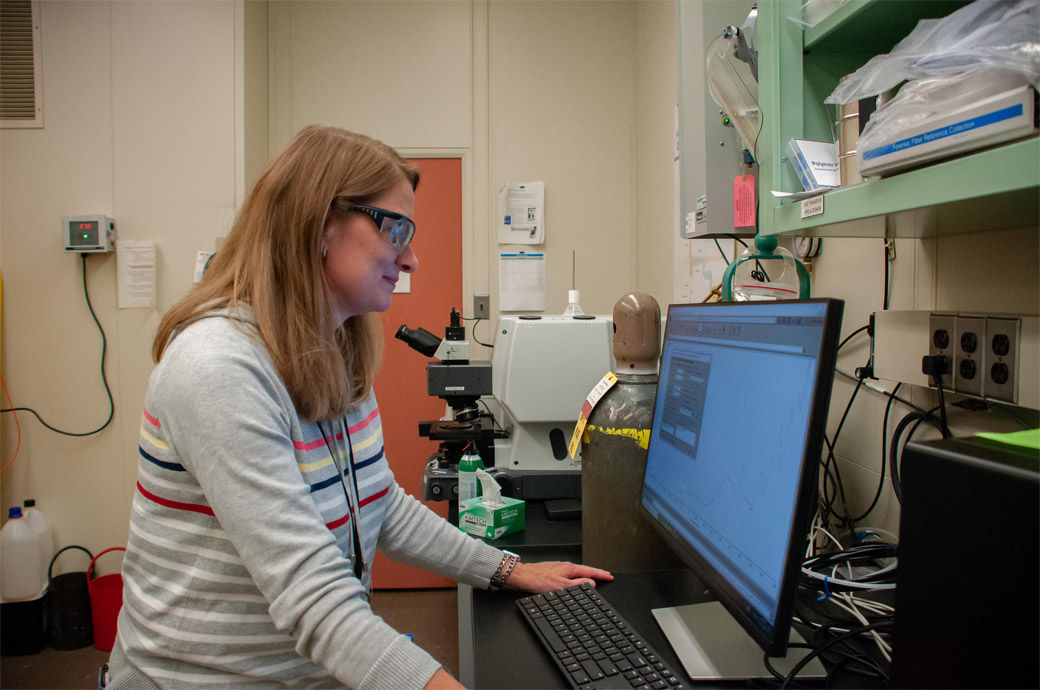Called the Near-Infrared Spectra of Origin-defined and Real-world Textiles, or NIR-SORT, it contains 64 different fabric types along with the NIR fingerprints they produce.
The US National Institute of Standards and Technology has developed a database called ‘NIR-SORT’ that contains the molecular ‘fingerprints’ of 64 different fabric types and can enable more rapid, efficient sorting of fabrics at recycling centres.
Manufacturers of near-infrared scanner systems can use this database to train and test their sorting algorithms and improve the performance of products.
The database includes pure fibre types like cotton and polyester; blended fibre types like spandex blends; and real-world fabrics taken from thrift stores.
Manufacturers of NIR scanner systems can use this database to train and test their sorting algorithms and improve the performance of their products.
“This reference data will help improve sorting algorithms and unlock the potential for high-throughput sorting, which requires less manual labour,” said NIST materials research engineer Amanda Forster in a release from the institute.
“That should reduce costs and increase efficiency, making textile recycling more economically viable,” she noted.
The database is free and available to download at the NIST public data repository.
A clothing sample is analysed using an analytical lab technique called near-infrared spectroscopy. The method measures how much of the light passes through or scatters off the fabric, producing a unique pattern—a sort of fingerprint that can identify the types of fibres in clothing.
In recent years, recycling equipment manufacturers have increasingly used machine learning and artificial intelligence to improve their sorting algorithms. To train these algorithms, they need high-quality reference data, and the NIST database can come handy for this.
Different colored clothing samples are labeled and held inside plastic pouches inside a cabinet drawer in a lab.
Because NIST is the nation’s measurement institute, it has the equipment and expertise to fill this database with very high-quality spectra. That will hopefully mean fewer errors when identifying fabrics, and more textiles getting recycled.
Fibre2Fashion News Desk (DS)


